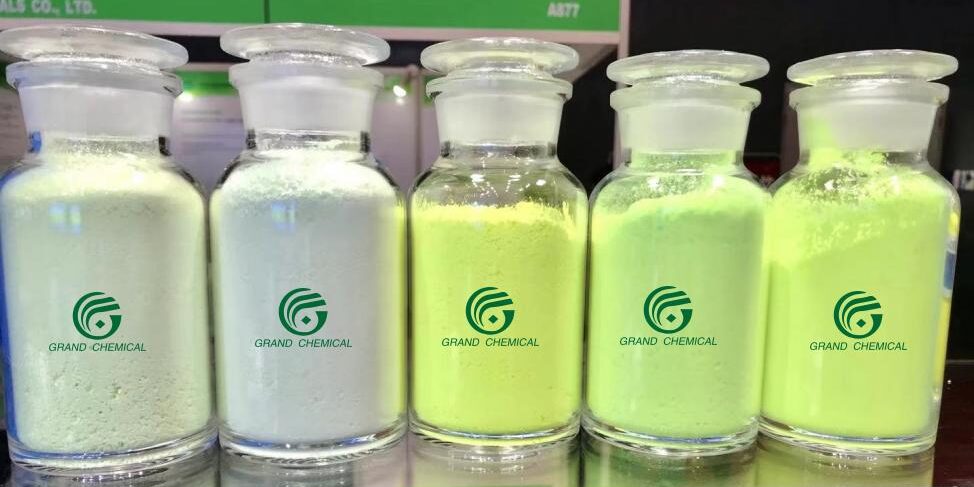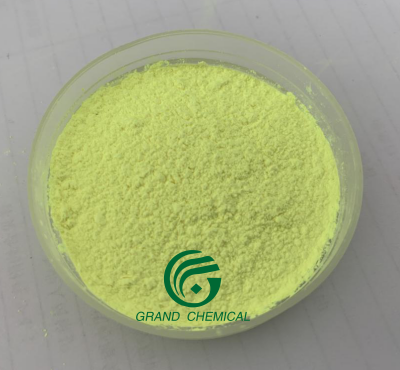The comparison of fluorescent whitening agent, chemical bleaching, and blue pigment whitening.

Natural fiber, chemical fiber fabrics after refining, the vast majority of natural or artificial impurities have been removed. The whiteness of the textile has met the general processing requirements. But still with a slight yellow. In order to eliminate this yellowish color and meet some higher whiteness requirements. The following three methods are usually used: chemical bleaching, blue pigment whitening, and fluorescent whitening agent whitening.
01 Chemical bleaching
Chemical bleaching is to use oxidizing or reducing agents to destroy (remove) the coloring system of pigments on the substrate such as textiles. It will achieve the purpose of eliminating color and increasing whiteness so that the substrate will look whiter. Due to the oxidation or reduction, the substrates such as textiles or polymers are also damaged, such as loss of strength.
02 Blue pigment whitening
The traditional blue whitening is to use a blue inorganic pigment or organic dye as a blue whitening agent to treat substrates. Absorbing yellow light in the spectrum and reflecting more blue light, which gives our eyes a whiter feeling.
However, the compensated blue dye or pigment itself also absorbs part of the visible light, the total amount of reflected light is smaller than the substrate without blue. so the brightness of the whitened substrate becomes smaller and looks lightless or gray.
03 Fluorescent whitening agent
From the whitening principle, we can know, the fluorescent whitening agent is the optical complementary color and brightening. So it will not cause damage to the whitened substrate. It is the most effective and most commonly used way to improve the whiteness of the substrate currently.
Obviously, the above methods are different from each other. But their purpose is to make the slightly yellow textiles and other substrates white. They are related to each other. Fluorescent whitening agent whitening can not replace chemical bleaching. If textiles and other substrates containing pigments are not bleached before the fluorescent whitening, it will not get the ideal whitening effect.
Similarly, textiles and other substrates that are not bleached before blue pigment or dyes will not get the ideal whitening effect.


